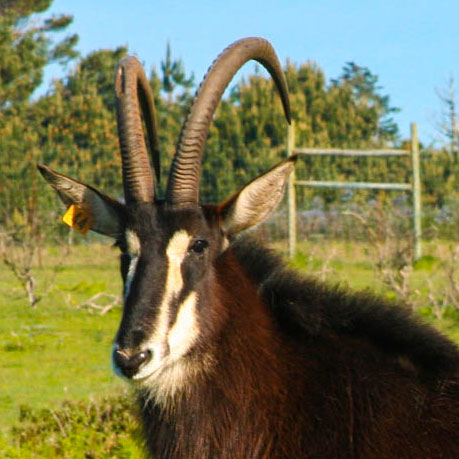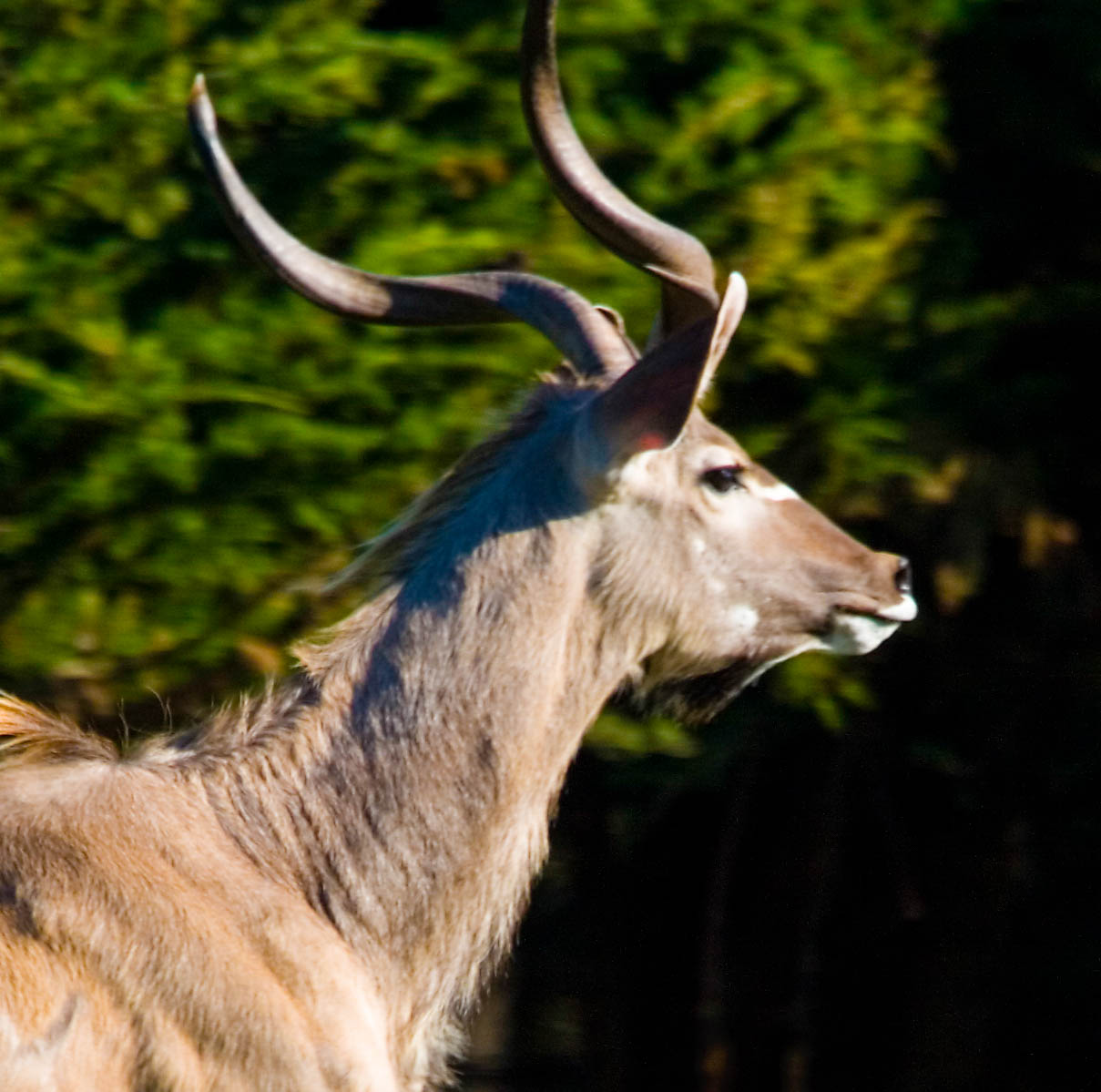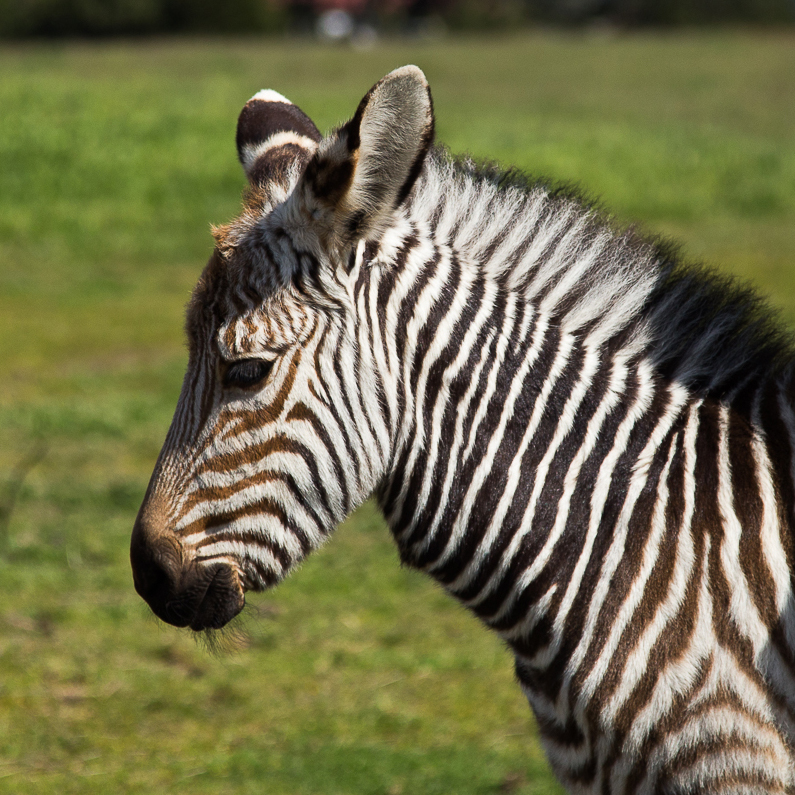Roan Antelope
The roan antelope, Hippotragus equinus, is one of Africa’s most attractive antelopes. First described 200 years ago, it is now one of the most endangered antelopes in many parts of Africa, despite being one of the most reproductive. Because roan have strictly defined habitat requirements and grazing preferences, and because the survival of their calves is so dependent on optimal habitat conditions, roan antelope are particularly susceptible to habitat degradations. This makes the species a telling indicator their ecosystem’s health. The loss of roan from large areas of their distribution range serves as a tragic reminder of the loss of ecological qualities in those areas. Males are larger and built more sturdily than females. Their coat is grayish-brown with a hint of red. The legs are darker than the rest of the body. The head is dark brown or black, with white around the mouth and nose, large white patches in the front of the eyes. The ears are very long and narrow, with dark brown tufts at the tips. Roan have a mane consisting of short stiff hair that is black at the tips. the tail has a brush of black hair at the tip.
habits
Roan associate in herds of up to 20 individuals with a very characteristic social structure. Amongst the females, the more dominant is the leader. There is only one adult bull in each herd, the juvenile males being evicted at the age of about 3 years. All the female calves remain within the herd and divide into smaller groups of cows and bulls when the herd gets too large. The young males evicted from the herd associate in “bachelor herds” of up to 12 individuals. The most dominant is the first one in line to join a new group of females. Roan antelope are very courageous animals. If threatened by predators, they will confront them. Many lions have perished, gored by the scimitar-shaped horms of the Roans.
breeding
The Roan cow will leave the herd one to two weeks before giving birth to choose a secluded spot where she will stay until the calf is born. During the first 4 to 5 weeks, the calf will hide in a clump of grass for most of the day, while the mother rejoins the herd, returning to her young at sunset and staying with him for the night. A single calf is born after a 9 month gestation period. The calf will rejoin the herd at about 5 weeks of age.
our roan
Currently we have 2 subspecies of Roan at B Bryan Preserve. One is theHippotragus Equinus Cottini — Angolan Roan and the Hippotragus equinus equinus — South African Roan. Our Angolan Roan herd is the largest herd of antelope on the Preserve. Watching these animals gives you a definite sense of their hierarchy and family structure. We find the vocalizations are extremely interesting as we study these wonderful animals. We have been very successful breeding these at-risk antelope. Our current research project is documenting behaviors and socializations in our bachelor herd.







